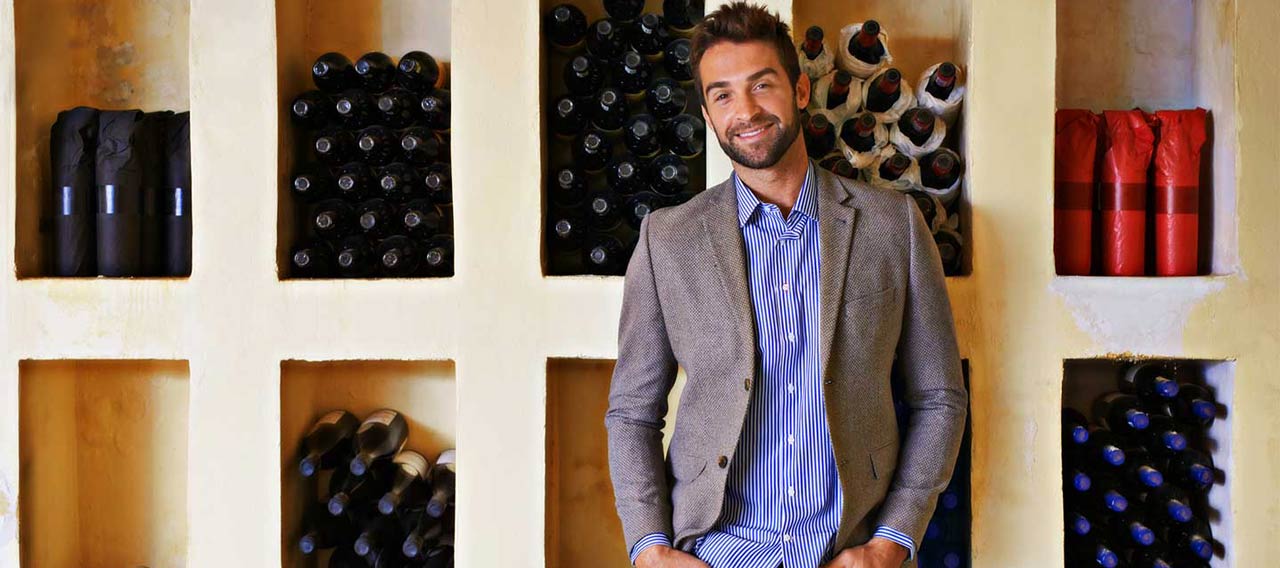
Protect your artwork

Whether objects are at home or in a gallery, in storage or on display, there are a few simple steps collectors can take to ensure the art is preserved for generations to come.
-
Understand how to care for different materials
There are special needs to consider that are unique to the various media, such as:
- Panel paintings: Can be particularly fragile as wood can crack or warp in reaction to temperature and humidity fluctuations.
- Oil on canvas paintings: Are susceptible to environmental damage through cracking and cleavages of the paint layers, or deformations of the canvas support.
- Art on paper: Is susceptible to the acidic elements contained within most commercial paper stock. Minute metal shavings, introduced during the paper manufacturing process, can also corrode when exposed to humidity, resulting in dark rust spots known as foxing.
- Stone, metal, or glass: Though they are stable materials, they’re still susceptible to accidental breakage, scratches, cracking, corrosion or reaction to environmental pollutants.
-
Set the correct temperature and humidity
While it may be tempting to turn air conditioners or heating systems down when you are away from home, rapid fluctuations can cause items to expand and contract, leading to aging and deterioration. As a result, most museums try to maintain relative humidity levels at approximately 50%, and temperatures of roughly 21 degrees celsius.
-
Reduce exposure to sunlight or artificial sources of light
Ultraviolet (UV) radiation causes fading and uneven heating. It can particularly damage paper items such as photographs, watercolours and works with coloured inks, as well as textile fibres and dyes. Indirect sunlight or recessed or ceiling-mounted lighting is best for displaying artwork. Keeping curtains and shades drawn and turning off lights when a room is not in use are other ways to control light exposure. If your rooms get sun only part of the day, automatic timers can lower window shades as needed. For convenience, UV-filtering film can be installed on widows and lighting elements. As the effects of light exposure are cumulative, consider limiting the display of light sensitive works.
-
Plan the best display location
In general, place items on interior rather than outer perimeter walls, which experience greater climatic variations. Artwork should not be hung near heating and air conditioning vents, in bathrooms, below pipes, which can leak or drip condensation, or near any exposed water sources. Artwork in high-traffic areas should be carefully placed to avoid accidental injury and hung high enough to prevent unintended damage from handbags, chair backs or doors.
-
Choose the right framing
Quality museum framing using conservation materials is important to the long-term preservation of artwork. Works of art on paper and textiles are particularly susceptible to improper framing and should only be mounted and backed with acid-free materials such as museum ragboard or blueboard. Ensure that adhesives are archival and reversible. Matting and archival hinging are also important as unmatted items can become permanently adhered to the glazing (i.e., to the glass or plexiglass), particularly in high humidity environments.
If you would like to find out more on how you can better protect your art collections, leave your contact details via the 'Contact Me' button below and our representatives will get in touch with you.
No part of this article may be reproduced in any written, electronic, recording, or printed form without written permission of Chubb.
Disclaimer - The content of the above article is not intended to constitute professional advice. Although all content is believed to be accurate, Chubb Insurance Singapore Limited (Chubb) makes no warranty or guarantee about the accuracy, completeness, or adequacy of the content of this article. Users relying on any content do so at their own risk.

Protect your home and valuables
Get a quote online or leave your contact details and our representatives will get in touch with you.

